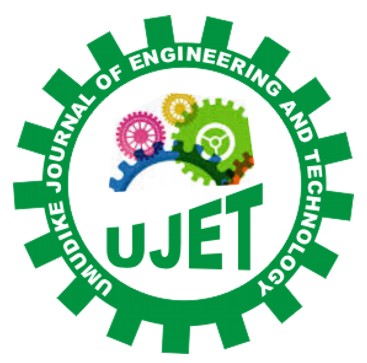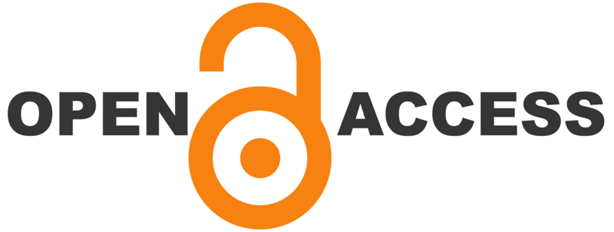The
Telecommunication market is driven by the increasing need of the end users for
multimedia services which require high data rates. Within the fixed satellite
service, frequency bandwidths wide enough to carry such high data rates are to
be found in Ka band (26 - 40 GHz), and Q/V bands (33 - 50 GHz)/(40 - 75 GHz).
However, at Ka band and above, transmitted signals can be severely affected by
tropospheric attenuation for substantial percentages of time, resulting in the
degradation of the quality and of the availability of communication services.
Fade Mitigation Techniques (FMTs) are used to counteract these severe
propagation impairments. This paper
explored the use of a promising technique, known as Site diversity. The site
diversity technique does not change the basic signal format nor require large
bandwidth. Three sites were selected in South Eastern Nigeria which is a
tropical region using NIMET stations located at these stations, data was collected
on the effect of rainfall on the communication links with one site, two and
three sites. It also looked at impact of rain attenuation on multiple users in
large geographical areas, sighting of three site stations located at distances
between 42 and 64kms as site diversity stations. The data used for analysis was
collected from NIMET data bank. In the course of this study the following
findings were made; the site diversity gain depends on the separation between
the two sites, the frequency, the elevation angle and the azimuth of the
propagation path with respect to the baseline between the two or more sites. On
the other hand the improvement factor depends on the distance between the
stations, angle of elevation and the azimuth of the earth stations. This paper
also investigated the implementation of site diversity from a commercial
context, including cost benefit analysis and technical feasibility. The
significance of this work cannot be over emphasized. It will give engineering
designers and International Telecommunication union (ITU) insight to the
effects of rain attenuation in the tropics and better mitigation techniques.
Also it will serve as a pre-design tool for microwave engineers.


